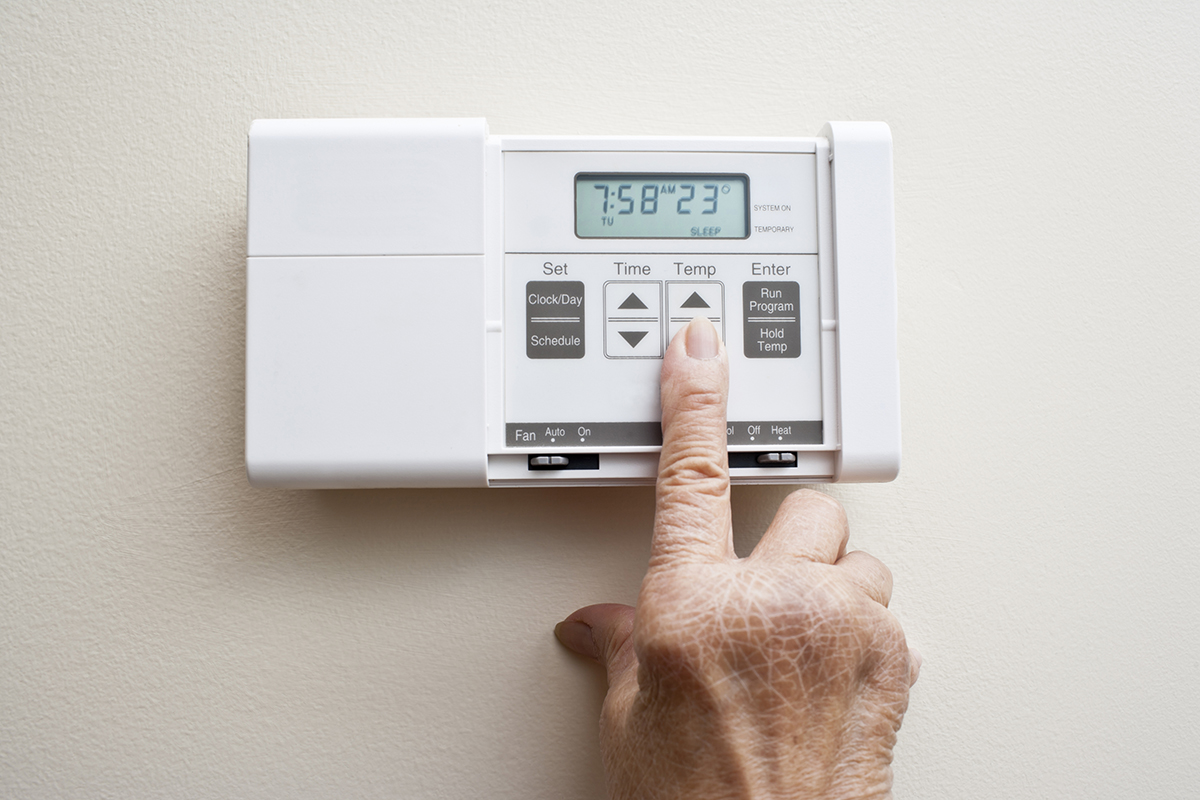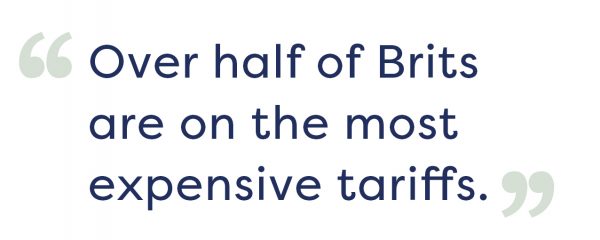How switching up your energy provider can fuel savings

It might sound like a pain but switching suppliers is easier than you think and could save you hundreds of pounds.
There are times when I feel like being an adult is a real mixed bag. For example, on the one hand, you can buy sweets whenever you want. On the other, you have to pay bills.
To add insult to injury, lots of adult things – again, like bills – are crazy expensive, to the point where I’d rather spend most of winter shuffling around under a duvet like a burrito than risk an eye-watering heating bill.
According to the all-seeing eyes at the Office of Gas and Electricity Markets (known to its friends as Ofgem), over half of us are on standard variable rate (SVR) energy tariffs (as of October 2017). These are, quelle surpreeze, usually the most expensive kind of tariff.
Don’t despair though – with a minimal amount of effort and a good price comparison site, this doesn’t have to include you. 
Ch-ch-ch-ch-changes
It’s amazing how many of us could save hundreds of pounds on their gas and electricity each year literally just by changing providers (hot tip – the same is true of car insurance).
Even if you don’t want to change providers completely, you might be able to slash your bills just by switching to a different tariff with your current firm.
A lot of people avoid switching because, honestly, change is scary and also it sounds like a right faff. However, once you know what you’re doing it’s really not as painful as it sounds – the only real change is the price and who you call to sort out payments and issues.
Four simple steps
Making the switch takes just four simple steps – which is actually only three if you’re not on a pre-pay meter:
- Employ a handy comparison website to see which suppliers could give you a better deal. Some examples are uSwitch, Simply Switch & energyhelpline.
- Before making the switch, check whether there’s a cancellation fee on your current tariff. These are common with fixed-rate tariffs but usually don’t apply after the agreed contract length is over.
- Always get some advice before switching. For instance, you could lose out on a Warm Home Discount of £140 if you leave before your energy provider pays out.
- On a pre-pay meter? You could get a cheaper tariff by switching to a credit meter.
What you’ll need
To make sure you get the best deal, you’ll need to know:
- Who your current supplier is
- The name of your current tariff
- The amount of energy you use
- How you currently pay
- Your postcode
Most of these can be found on your current bill, which will either have been posted out to you or on your online account if you have one.
A couple of things to bear in mind
Speaking of paying online, you can often get a better deal just by paying by direct debit and online.
Fixed rate tariffs are also often cheaper than variable rate tariffs. This doesn’t mean that your bill will be the same every month, which is definitely what I thought it meant, it just means it will be a fixed amount per unit so you can plan a bit better and won’t be caught out if the price of energy rises.
Smaller providers are emerging as serious contenders to the ‘Big Six’ suppliers which used to dominate the market – British Gas, EDF Energy, E.ON, Npower, Scottish Power and SSE. Smaller providers can also often offer more control over what kind of energy you’re using, like being able to choose a green energy tariff.
The choice is yours – just remember to do your research and ask for help if you need it.
For more advice Onward customers can contact our Financial Inclusion team on 0300 555 0600 or drop us an email


